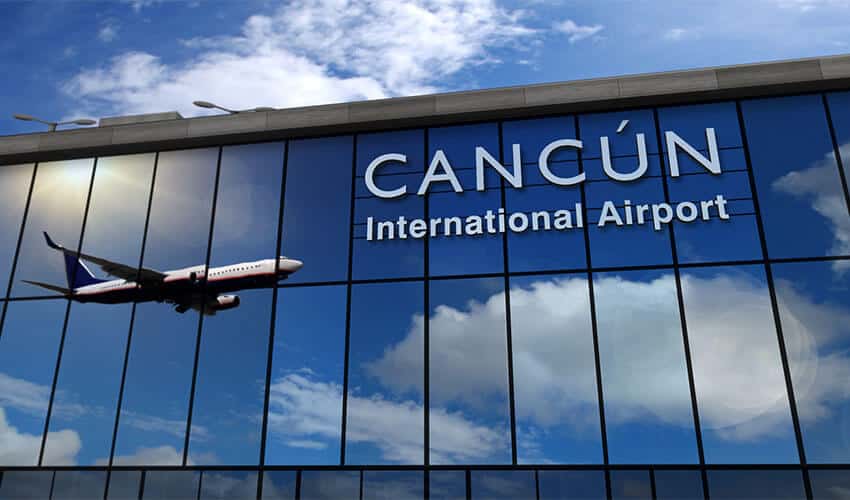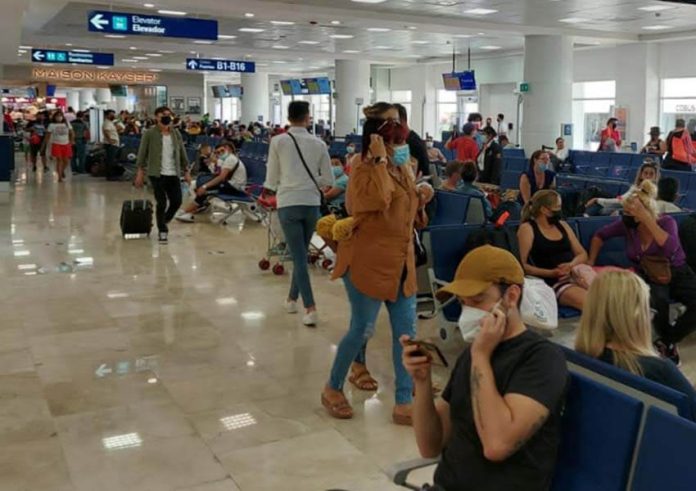More than 10.2 million international tourists flew into Mexico in the first six months of the year, an 83% increase compared to the first half of last year and a 1.5% uptick compared to the same period of 2019.
The federal Tourism Ministry (Sectur) reported the arrival of almost 10.27 million international tourists at the nation’s airports between January and June.
Surpassing the 2019 January to June figure of just under 10.12 million is especially significant for the tourism industry, which was hit hard by the pandemic and associated restrictions even though Mexico never prohibited or restricted the entry of foreigners as part of efforts to limit the spread of the coronavirus.
Citing Interior Ministry data, Sectur said that 6.66 million United States tourists flew into Mexico in the first half of the year, a figure that accounts for 65% of all international air arrivals. U.S. arrivals were up 50.5% compared to the same period of last year and 19.1% higher than in 2019.

Canada provided the second highest number of visitors with almost 860,000 tourists from that country touching town on Mexican soil between January and June, a whopping increase of 1,443% compared to the same period of 2021.
The increase is so high because tourism from Canada collapsed early last year after the Canadian government reached an agreement with the main Canadian airlines in late January 2021 to temporarily suspend flights to Mexico and Caribbean countries due to the coronavirus pandemic.
Mexico still has some ground to make up to reach pre-pandemic numbers for Canadian tourists: over 1.4 million flew into the country in the first half of 2019.
Sectur reported that Colombians made up the third largest cohort of international tourists arriving by air between January and June. Over 412,500 Colombians flew into Mexico in the period, a 191.9% increase compared to last year and a 49.1% hike over 2019.
Cancún Airport received more international tourists than any other airport in the first half of the year with 4.82 million arrivals, Sectur reported. The Mexico City International Airport ranked second with 1.97 million arrivals while the Los Cabos Airport was the third most popular among international tourists with 1.12 million landing there.
All three airports recorded significant increases in international arrivals compared to the first half of last year. Data also showed that almost eight in 10 international tourists who flew into the country between January and June arrived at the airports in Cancún, Mexico City and Los Cabos.
Other international airports, such as those in Guadalajara, Monterrey, Puerto Vallarta and Mérida, received a total of 2.34 million international tourists in the first half of the year, a 79% increase compared to the same period of 2021.
Mexico News Daily
